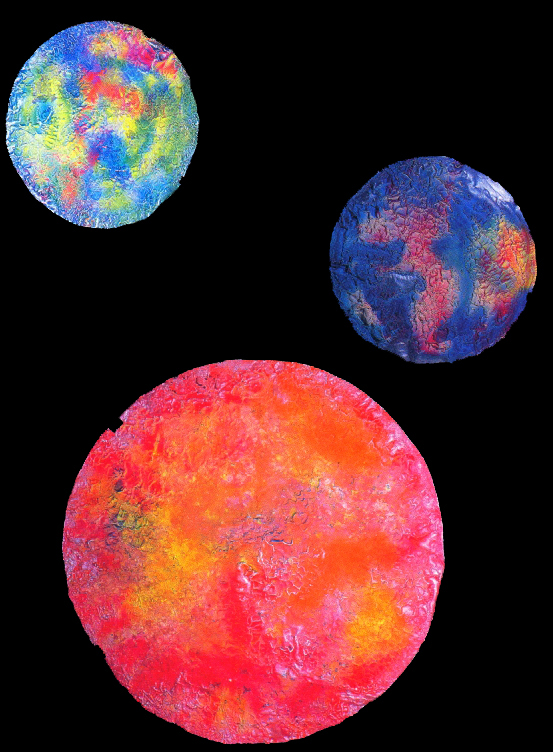" le ali del desiderio "
Il pensiero con i suoi percorsi rappresenta il polo op -
posto alla contemplazione panica ed estatica della na -
tura;č dunque il labirinto l'alternativa, anche visiva, al -
lo stagno di Monet.
Nella sua installazione Stiari ha disposto in un ordi -
ne nuovo i tasselli e gli snodi della narrazione del mito
dedalico: sono le ali l'oggetto e lo strumento primari
del suo desiderio di pittore, ali che, come organi di vi -
sione e conoscenza, sono costellate di occhi. Il labirin -
to non č allora solo pił il luogo da cui si evade, ma an -
che il territorio cui si torna ad approdare dopo il volo
iniziatico, poichč esso custodisce in sč un centro nasco -
sto e prezioso il cui accesso č regolamentato e reso ar -
duo dai meandri di un percorso forzosamente miope.
Il ritrovamento della mappa garantisce a Dedalo -
architetto, viaggiatore e, in questa sua ultima meta -
morfosi, anche pittore - la possibilitą dell'andata e del
ritorno nel labirinto, e quindi il ripetersi di quell'espe -
rienza conoscitiva il cui privilegio consiste nella sco -
perta che l'infinitamente grande č contenuto nell'infi -
nitamente piccolo, che l'estrema varietą dell'esistente
e del possibile č racchiusa nel centro puntiforme del
labirinto.
Nel riavvolgere il filo di Arianna l'artista ripete con
Borges "...vidi l'Aleph, da tutti i punti, vidi nell'Aleph
la terra e nella terra di nuovo l'Aleph e nell'Aleph la
terra, (...) l'oggetto segreto e supposto, (...) l'inconcepi -
bile universo".
Luglio, 1987
Thougth with its ways represents the diametric oppo-
site of the panic and ecstatic contemplation of nature;
thus the labyrinth is the alternative, visually too, to
Monet's pond.
In his installation, Stiari has reordered the various
components of the narration of the dedalic myth: wings
are the primary subject and instrument of his pictorial
urge;and these wings are,like organs of sight and know-
ledge, covered with eyes. The maze is then not just the
place from which to escape, but also the land to which
one returns after the initiatory flight, as it contains in
itself a hidden precious centre, access to which is
governed and made difficult by the tortuous paths of a
forcibly myopic track.
The rediscovery of the map guarantees to Dedalo -
an architect, a traveller, and, in this final metamo-
rphosis, a painter too - the possibility of leaving and
reentering the labyrinth, and thus the repetition of
that learning experience the privilege of which
consists in the discovery that the infinitely big is
contained within the infinitely small, and that the
extreme variety of the existing and of the possible
is enclosed in the centre of the labyrinth.
In rewinding Arianna's thread, the artist repeats
with Borges: (...) I saw the Aleph, from all points, I
saw within the Aleph the Earth and in the Earth again
the Aleph and in the Aleph the Earth, (...) the secret
and imagined subject, (...) the inconceivable universe".
July, 1987

.jpg)

.jpg)